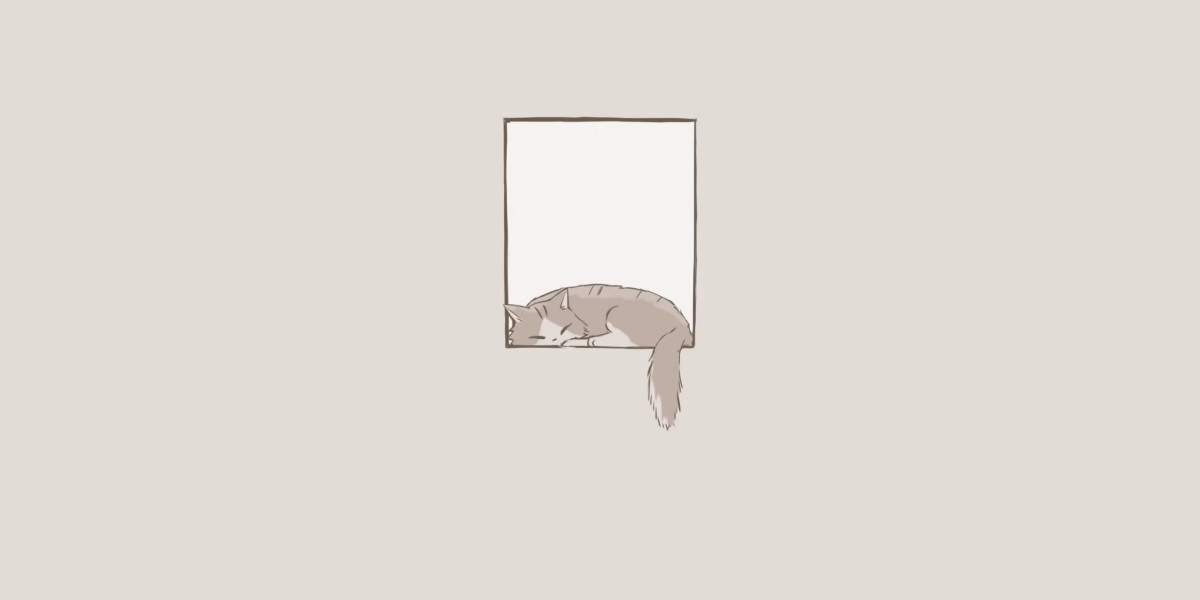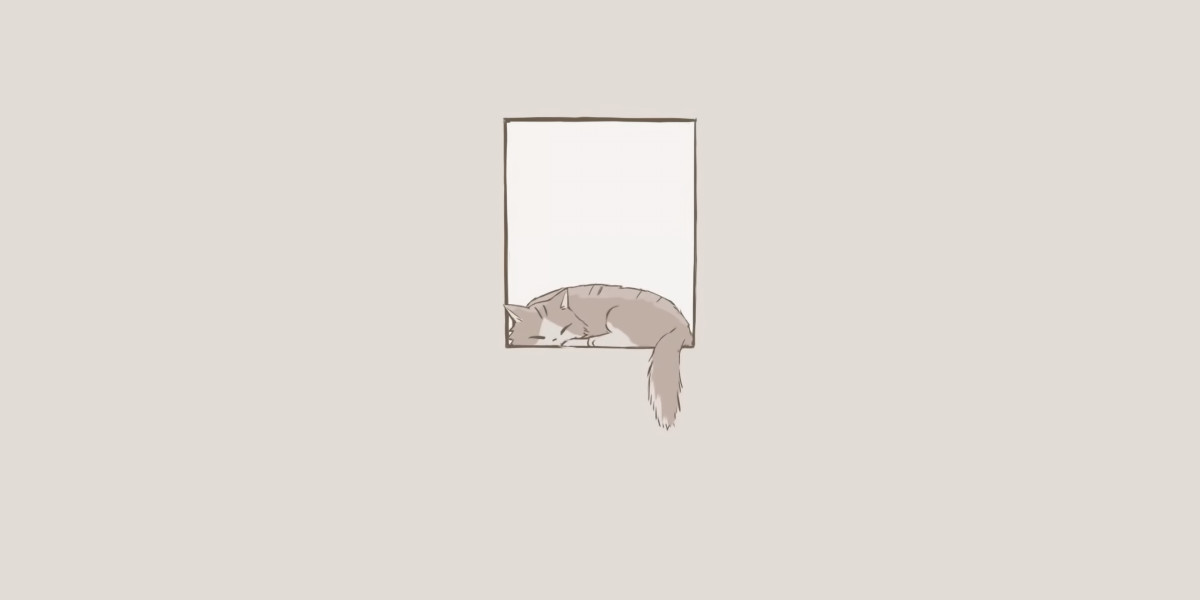Unraveling the Secrets of Litz Wire: The Ultimate Game Changer in Electrical Applications!
In the world of electrical engineering, the materials used can significantly influence performance and efficiency. One such material that has garnered attention for its unique properties is litz wire. But what exactly is litz wire, and why has it become a game changer in various electrical applications? Litz wire is designed to mitigate the adverse effects of alternating current (AC), particularly at high frequencies. Unlike standard wire types, which can suffer from issues like skin effect and proximity effect, litz wire comprises multiple strands of finely insulated wire twisted together. This innovative construction allows litz wire to maintain a lower resistance and better performance in demanding conditions. In this article, we will delve deeper into the characteristics of litz wire, explore its diverse applications, and highlight its advantages over traditional wire types, all while sharing insights and personal stories that illustrate its significance in modern technology.

Understanding Litz Wire
Litz wire is a specialized type of wire used primarily for applications involving alternating current (AC). Its construction involves multiple strands of insulated wire that are twisted or braided together, a design that serves to counteract the skin effect. The skin effect is a phenomenon where AC tends to travel along the surface of the conductor, increasing resistance and energy loss. By using multiple smaller strands instead of a single thicker wire, litz wire effectively increases the surface area of the conductor, allowing more of the current to flow through the wire's surface rather than being confined to the interior. This setup significantly reduces the resistance at high frequencies, making litz wire an essential component in high-performance applications. Friends who work in electronics often share stories about the noticeable difference litz wire makes in their projects, especially in terms of efficiency and reliability. In essence, litz wire is engineered to enhance performance where conventional wires fall short.
Applications of Litz Wire
The versatility of litz wire allows it to be employed in various applications across multiple industries. One of the most prominent uses is in transformers and inductors, where its ability to minimize losses at high frequencies is crucial for maintaining efficiency. In the realm of wireless charging systems, litz wire plays a vital role by facilitating efficient energy transfer between charging pads and devices, which is essential for modern gadgets like smartphones and electric vehicles. Additionally, high-frequency circuits, such as those found in radio transmitters and receivers, also benefit from the reduced energy loss associated with litz wire. My friend, a hobbyist in radio communications, emphasized how switching to litz wire improved the clarity and range of his transmissions. Beyond these applications, litz wire can also be found in resonant converters and other power electronics, demonstrating its adaptability and importance in the electrical landscape.
Advantages of Litz Wire Over Standard Wire Types
When compared to standard wire types, litz wire offers several significant advantages. One of the primary benefits is its enhanced efficiency, particularly in high-frequency applications. The twisted construction of litz wire helps to significantly reduce energy losses due to skin effect and proximity effect, resulting in a more effective transmission of power. This efficiency translates to lower operating temperatures and improved performance, which are critical in applications like induction heating and RF amplifiers. Moreover, litz wire can handle higher frequencies better than traditional wire types, making it the preferred choice for modern electronic devices that operate at higher speeds. The overall performance improvement is not just theoretical; many users have reported noticeable enhancements in their projects after switching to litz wire. However, it is essential to consider that these advantages often come with increased costs, which leads us to the next important consideration regarding the use of litz wire.
Challenges and Considerations
Despite its advantages, using litz wire does come with challenges. One of the primary concerns is the cost; litz wire is generally more expensive than standard wire types due to its complex manufacturing process. The intricacy of weaving together multiple insulated strands requires specialized machinery and skilled labor, contributing to higher production costs. Additionally, the installation of litz wire can be more complicated. The delicate nature of the multiple strands means that care must be taken during handling and termination to ensure that the benefits of the wire are not compromised. For instance, a friend who works in a manufacturing facility once shared a story about the challenges they faced while transitioning to litz wire for their high-frequency applications. They had to invest time in training their staff to handle litz wire properly to avoid damaging the strands. These considerations are essential for anyone looking to incorporate litz wire into their projects.
Exploring the Impact of Litz Wire in Modern Technology
In conclusion, litz wire represents a significant advancement in electrical engineering, particularly for applications involving high-frequency alternating current. Its unique construction helps to mitigate common issues faced by standard wire types, such as skin effect and proximity effect, leading to improved efficiency and performance. From transformers to wireless charging systems, the applications of litz wire are diverse and impactful. While there are challenges associated with its use, including higher costs and installation complexities, the benefits often outweigh these drawbacks for many high-performance applications. As technology continues to evolve, exploring the advantages of litz wire may lead to even more innovative solutions in the electrical landscape. Whether you are an engineer, hobbyist, or simply someone interested in the intricacies of electrical components, understanding litz wire is essential for staying at the forefront of modern electrical applications.


